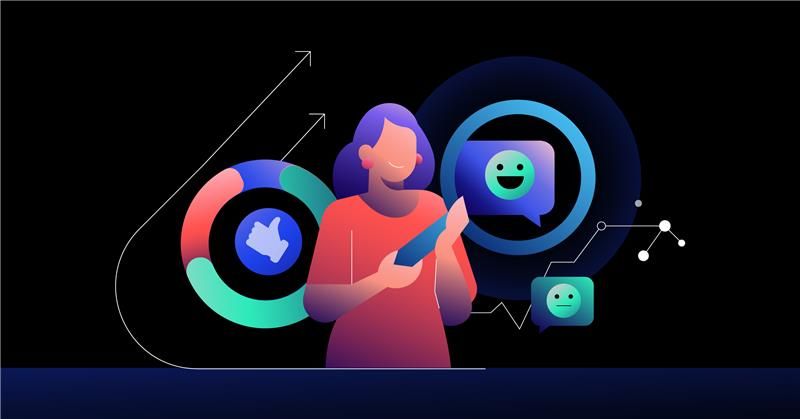Market share doesn’t shift overnight, but the signals start early. HCPs signal intent through research long before they prescribe. In the obesity market, Zepbound’s rise was visible in attention metrics well before it closed the revenue gap with Wegovy. Capturing a treatment’s Digital Share of Attention reveals emerging interest, giving brands the chance to respond before the market tips.
The Risk of Lagging Indicators
When launching a new brand or responding to a competitor, marketers often look to secondary prescription data to assess performance or threat level. This approach, however, comes too late. Physicians typically begin researching treatment options and forming preferences weeks or even months before they prescribe. Once treatment habits have shifted, they can be hard to reverse. For new entrants, this makes early signals of traction difficult to detect with conventional tools; for incumbents, it results in missed opportunities to defend market share.
A more timely, behavior-driven metric is a brand’s Digital Share of Attention: a behavior-based metric that measures the relative digital mindshare your brand captures as HCPs research treatment options. Tracking this leading indicator reveals emerging interest, giving brands the chance to act before the market tips.
Foreshadowing the Shakeup: Zepbound’s Early Momentum
Novo Nordisk’s Wegovy, launched in 2021, quickly became the leading obesity treatment option in the market. When Eli Lilly’s Zepbound gained FDA approval in Q4 2023, the key question was whether it could challenge the incumbent. While lagging indicators had yet to move, a shift was already visible in HCP attention trends.
- Wegovy started losing HCP attention in Q3 2024, well before revenue growth stalled.
- In that same quarter, Zepbound’s share of attention saw a sharp increase, and by Q1 2025, Zepbound’s revenue jumped significantly, closing the gap to Wegovy.
The lesson: Changes in a treatment’s digital share of attention precede changes in prescribing. If you’re only watching lagging metrics, you’re reacting too late.
Mapping the Digital Frontiers of HCP Engagement
Accurately measuring Digital Share of Attention requires a comprehensive view of HCP behavior across the digital ecosystem, not just a brand’s owned channels. ZoomRx research shows HCPs spend only 10% of their treatment research time on brand-owned websites. The other 90% is spent on third-party journals, competitor sites, medical news platforms, and peer forums—sources that traditional analytics cannot capture.
To understand what is shaping HCP perceptions, marketers need tracking that captures real engagement across all channels, not just impressions or visits to brand sites. The ZoomRx Digital Journey Tracker is designed to do this by passively capturing actual browsing behavior from verified HCPs across more than 5,000 life science websites, ads, emails, and social platforms.
Unlike tools that rely on models or proxy signals, this approach shows:
- What treatment-related content HCPs are engaging with
- How long HCPs spend reviewing each brand across all healthcare sites
- How a brand’s share of attention compares to competitors and industry benchmarks
This behavioral lens provides an accurate benchmark for brand share of attention, allowing marketers to identify trends, monitor shifting perceptions, and optimize campaigns while there is still time to act. In launch scenarios, attention today often predicts market share tomorrow. The brands that win are those that know where attention flows—and how to earn more of it.
Get in touch with us


